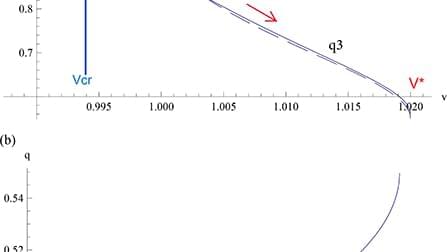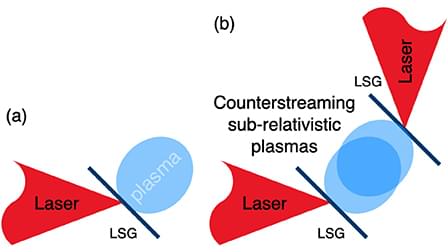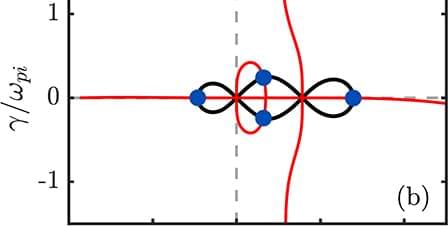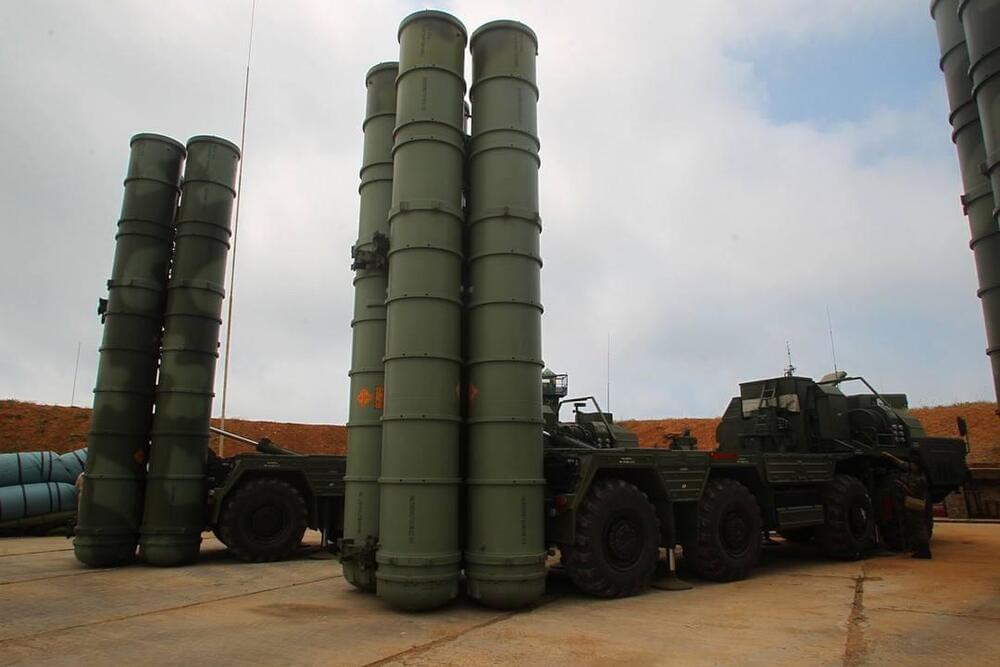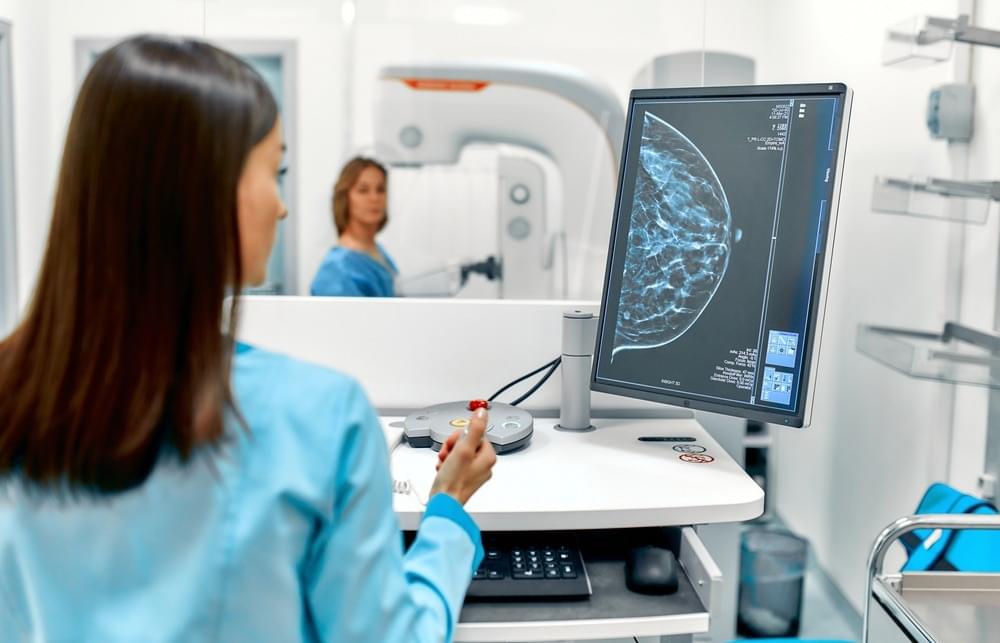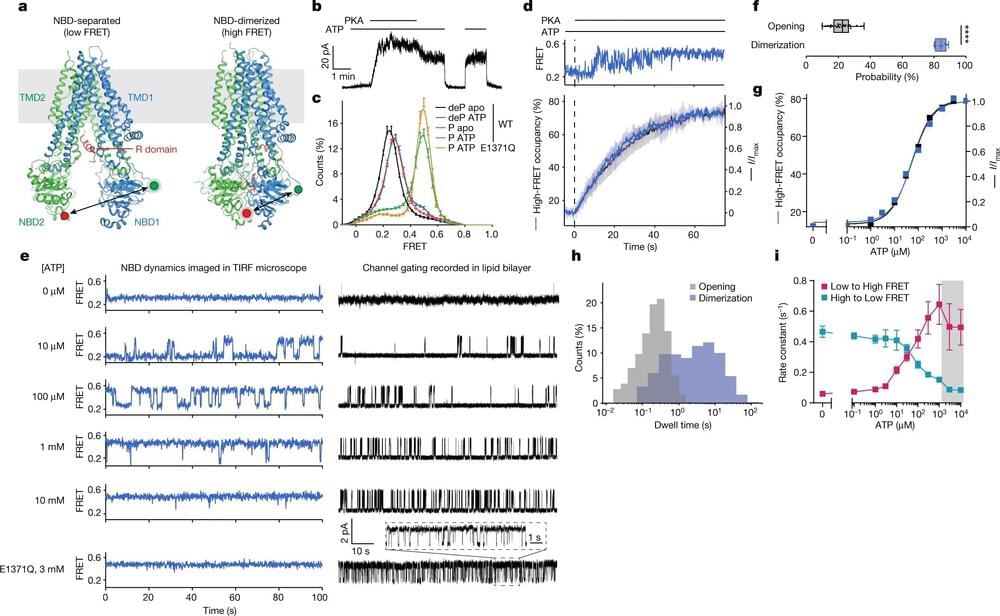For decades, mathematicians have been inching forward on a problem about which sets contain evenly spaced patterns of three numbers. Last month, two computer scientists blew past all of those results.
It is well-known that an ordinary high frequency electromagnetic (EM) wave radiated into the ionosphere at the Spitze angle is totally transformed at the reflection height (z0) into the Z-mode. This mode, in turn, penetrates deeper into the ionosphere and it is reflected at some height (zref) usually significantly higher than the O-mode reflection height. This result is reconsidered in the present paper. It is argued that the wave appearing as a continuation of the propagating upward quasi-electrostatic wave changes the direction of motion along the vertical axis slightly above z0 and takes the form of the down-going wave. This wave is excited in the vicinity of the height z0 due to the phase resonance with the up-going O-mode wave which transforms into the Z-mode propagating upward. Thus, the ionospheric window is not totally transparent for the O-mode radiated at the Spitze angle. The up-going O-mode wave loses some part of its energy due to excitation of the down-going EM wave. This wave, in turn, propagates to the ground as the O-mode wave.
The Weibel instability is investigated using relativistic intense short laser pulses. A relativistic short laser pulse can generate a sub-relativistic high-density collisionless plasma. By irradiating double parallel planar targets with two relativistic laser pulses, sub-relativistic collisionless counterstreaming plasmas are created. Since the growth rate of the Weibel instability is proportional to the plasma density and velocity, the spatial and temporal scales of the Weibel instability can be much smaller than that from nanosecond large laser facilities. Recent theoretical and numerical studies have revealed that astrophysical collisionless shocks in sub-relativistic regimes in the absence and presence of an ambient magnetic field play essential roles in cosmic ray acceleration. With experimental verification in mind, we discuss the possible experimental models on the Weibel instability with intense short laser pulses. In order to show the experimental feasibility, we perform 2D particle-in-cell simulations in the absence of an external magnetic field as the first step and discuss the optimum conditions to realize the nonlinear evolutions of the Weibel instability in laboratories.
This AI tool automatically animates, lights, and composes CG characters into a live-action scene. No complicated 3D software, no expensive production hardware—all you need is a camera.
Wonder Dynamics: https://wonderdynamics.com.
Blender Addons: https://bit.ly/3jbu8s7
Join Weekly Newsletter: https://bit.ly/3lpfvSm.
Patreon: https://www.patreon.com/asknk.
Discord: https://discord.gg/G2kmTjUFGm.
██████ Assets & Resources ████████████
Blender Addons: https://bit.ly/3jbu8s7
FlippedNormals Deals: https://flippednormals.com/ref/anselemnkoro/
FiberShop — Realtime Hair Tool: https://tinyurl.com/2hd2t5v.
GET Character Creator 4 — https://bit.ly/3b16Wcw.
Humble Bundles: https://www.humblebundle.com/membership?refc=F0hxTa.
Get Humble Bundle Deals: https://www.humblebundle.com/?partner=asknk.
GET Axyz Anima: https://bit.ly/2GyXz73
Learn More with Domestica: http://bit.ly/3EQanB5
GET ICLONE 8 — https://bit.ly/38QDfbb.
Unity3D Asset Bundles: https://bit.ly/384jRuy.
Cube Brush Deals: https://cubebrush.co/marketplace?on_sale=true&ref=anselemnkoro.
Motion VFX: https://motionvfx.sjv.io/5b6q03
Action VFX Elements: https://www.actionvfx.com/?ref=anselemnkoro.
WonderShare Tools: http://bit.ly/3Os3Rnp.
Sketchfab: https://bit.ly/331Y8hq.
███████ Blender Premium Tutorials █████████
Blender Tutorials #1: https://bit.ly/3nbfTEu.
Blender Tutorials #2: https://tinyurl.com/yeyrkreh.
Learn HardSurface In Blender: https://blendermarket.com/creators/blenderbros?ref=110
Learn to Animate in Blender: https://bit.ly/3A1NWac.
Cinematic Lighting In Blender: https://blendermarket.com/products/cinematic-lighting-in-blender?ref=110
Post Pro: https://blendermarket.com/products/postpro-?ref=110
███████ Extras ██████████████████
Russia cannot meet its arms delivery commitments to India because of its ongoing invasion of Ukraine, according to the Indian Air Force (AIF).
The statement, aired during a parliamentary committee meeting earlier this week, was the first official confirmation from New Delhi of Moscow’s defense export shortfalls.
It confirmed speculation that Russia’s defense industry is experiencing serious problems producing military supplies.
Computronium universe
Posted in cosmology, Ray Kurzweil
I read enough to realize it’s in depth enough to make it worthwhile. I’ll finish tomorrow as it’s 10:35 pm and I’m beat. I need to rest for my mother’s cardiac rehab tomorrow. She had a heart attack about a month ago.
Ray Kurzweil discusses having a universe filled with Computronium.
He discusses this happening within 200 years if wormholes or some other means allow faster than light travel.
What would the computation limits of computronium be?
Basically we are nearing if not already in the age of infinity. What this means is that full automation can be realized imagine not needing really to work to survive bit we could thrive and work on harder things like new innovative things. Basically we could automate all work so we could automate the planet to get to year million or year infinity maybe even days or months once realized full automation could lead to more even for physics where one could finally find the theory of everything or even master algorithm. 😀 Really in the age of infinity anything could be possible from solving impossible problems to nearly anything.
These assistants won’t just ease the workload, they’ll unleash a wave of entrepreneurship.
In a recent study published in the journal Cell, researchers describe recent advancements in breast cancer research and how these findings have improved the precise diagnosis of tumor subtypes and contributed to the discovery of novel drug targets for future therapeutics.
Study: Deciphering breast cancer: from biology to the clinic. Image Credit: ORION PRODUCTION / Shutterstock.com
Scientists at St. Jude Children’s Research Hospital and Rockefeller University have combined their expertise to gain a better understanding of the cystic fibrosis transmembrane conductance regulator (CFTR). Mutations in CFTR cause cystic fibrosis, a fatal disease with no cure.
Current therapies using a drug called a potentiator can enhance CFTR functions in some patients; but how the potentiators work is not well understood. The new findings reveal how CFTR functions mechanistically and how disease mutations and potentiators affect those functions. With this information, researchers may be able to design more effective therapies for cystic fibrosis. The study was published today in Nature.
Cystic fibrosis is a genetic disorder that causes people to produce mucus that is too thick and sticky. This can block airways and lead to lung damage as well as cause problems with digestion. The disease affects about 35,000 people in the United States. CFTR is an anion channel, a passageway that maintains the right balance of salts and fluid across epithelial and other membranes. Mutations in CFTR are what cause cystic fibrosis, but these mutations can affect CFTR function differently. Therefore, some drugs used to treat the disease can only partially restore function of specific mutant forms of CFTR.

